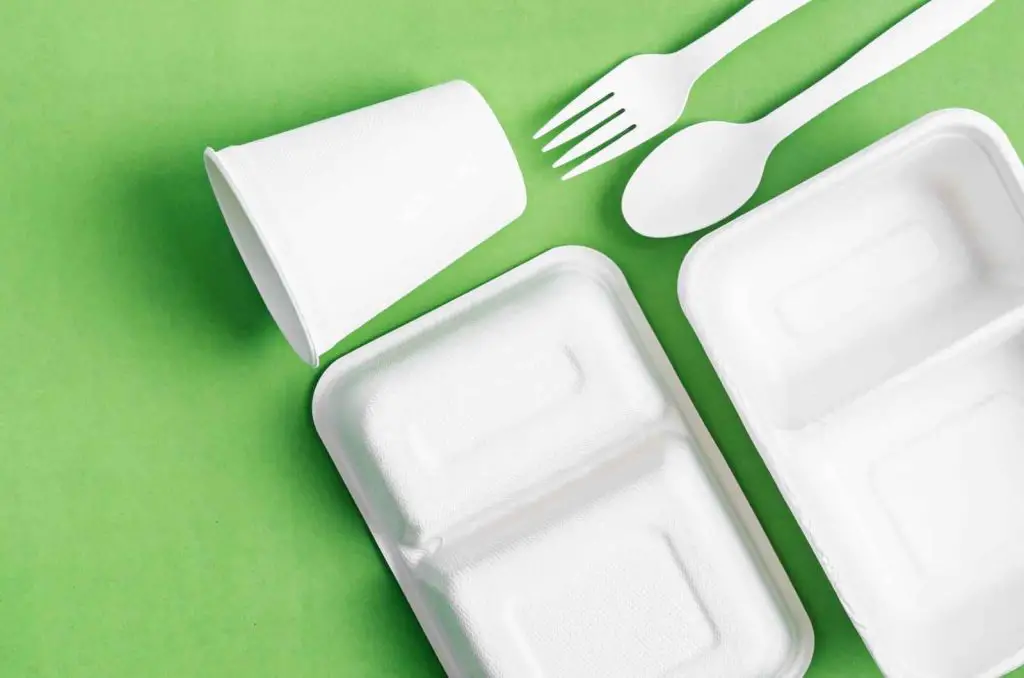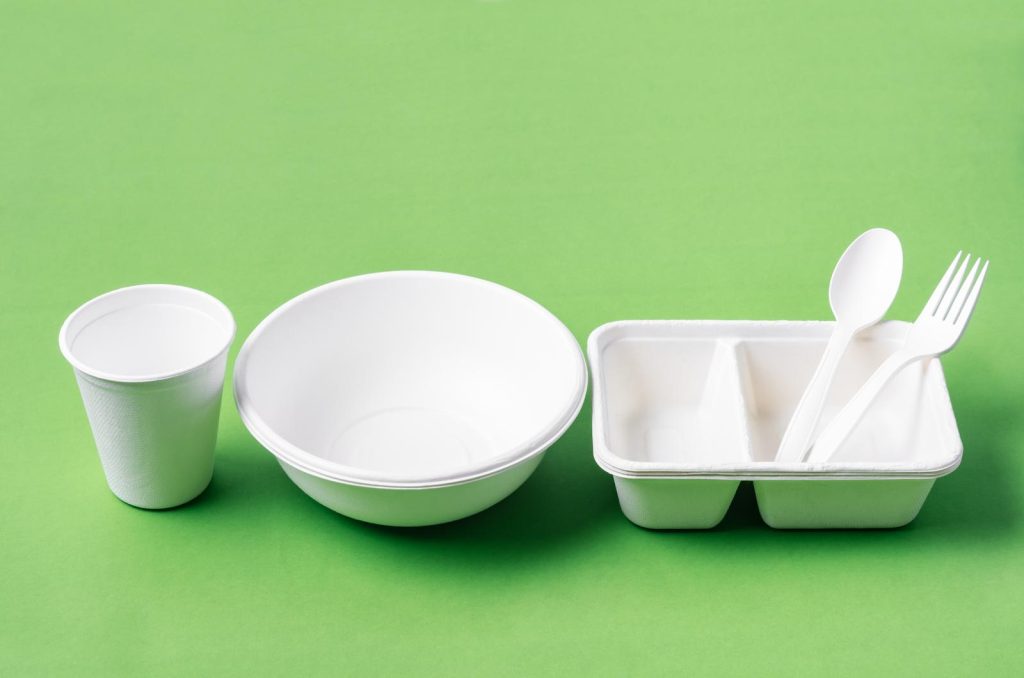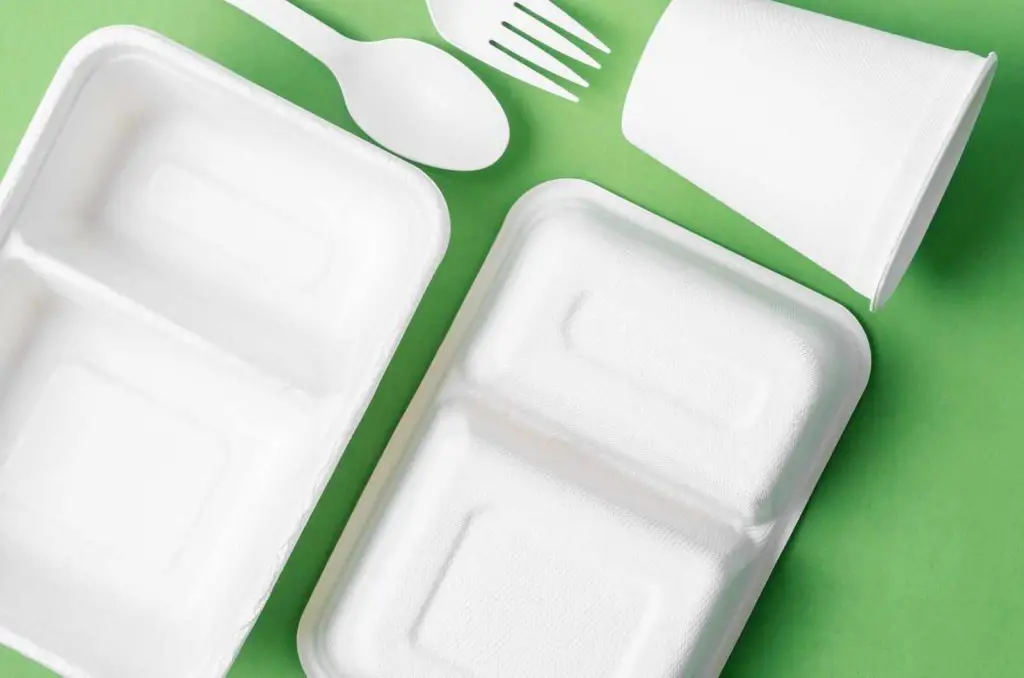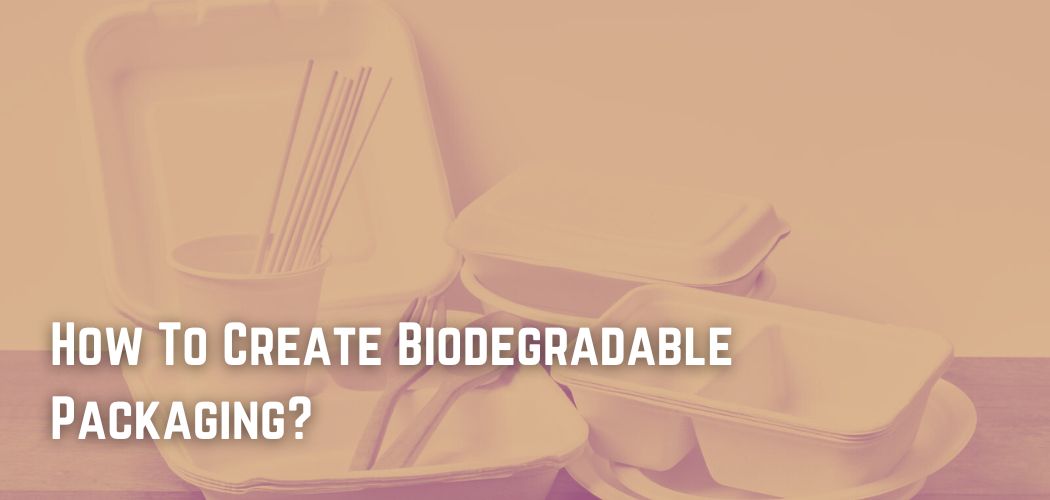Packaging performs a crucial role in the shelf-life of any product and makes them last longer in the entire supply chain process. Plastic packaging has been a common form of packaging in many industries for a very long time.
The materials for this type of packaging are obtained from petroleum-based derivatives that are very costly and take a few years to decompose. It results in a significant amount of pollution in the surroundings. So, what are the ways to create biodegradable packaging?
The Harm to Environment
As per a report given by the Central Pollution Control Board of India (2013), approximately 15342 tonnes of plastic waste is generated each day throughout the country. This figure is just for one country; imagine the amount of waste being generated globally.
Merely 5% of the plastics are recyclable. Rest all of the plastic contributes to a great deal in polluting the land and water. It also has a severe impact on the fauna and flora.

Plastic is the most common material used for packaging and is harmful to the environment. It is even a very simple process of plastic packaging but with the cost of damage to the surroundings or the ecosystem.
One alternative explored for the plastic packaging is the metallic containers that are composed of tin and aluminium. These metallic containers eliminated the effects of plastic packaging.
However, the use of plastic in packaging is not eliminated. For example, plastic is required to cover the metallic containers of food to keep them perishable and to prevent the air from entering the containers.
Biodegradable non-plastic packaging has started to emerge in the last few years to eliminate the need for traditional plastic packaging. Biodegradable packaging is produced by using biopolymers made up of molecules easily found in living organisms, like cellulose and proteins.
Hence they can be adequately consumed and are biodegradable as are produced from the waste of plant products.
Coming Up with Different Biodegradable Packaging
There are several forms of biodegradable packaging. They are usually made from the waste of plant products. Common forms of biodegradable packaging consist of paper and cardboard, which are extracted from wood.
It includes deforestation, but the good part is that, unlike oils, these are renewable and can be grown again.
Bioplastics are one of the other types of biodegradable packaging. These are known to be polymers extracted from renewable raw materials such as starch, cellulose, soy, lactic acid, and other plant products.
They decompose into carbon dioxide, water, and biomass and can be regenerated again. For green disposal, they can be kept in food waste bins. It is an interesting form of green packaging that is used by companies.
Companies are working to bring in innovative designs for these biodegradable packaging of products to look aesthetically pleasing.
Biodegradable Plastic Packaging
This is a fact that might be unknown to many that bioplastics are plastics that are produced from natural or vegan materials.
It is because such products quickly decompose and bring less harm to the environment. Several bioplastics are made up of raw materials such as potatoes, corn and soybeans.

Hence, these are some of the materials that are needed to make biodegradable plastic packaging. For the packaging, one can have several options which depend on the material such as paper bag, wood bag, kraft bag, jute bag, nylon bag, burlap bag or potato and corn starch bag.
The best thing is that the production procedure is easy and can be easily carried out at home.
Less use of materials means less burden on the resources which means that the customers are at ease when it comes to disposing of such packaging.
It is suggested to minimize the use of the material in the packaging while shipping to reduce the impact on the surroundings. Decreasing the packaging size reduces the delivery costs, fabric costs, resources, and emissions that happen in the shipment of products from the warehouse to the consumer.
New Strategies for Biodegradable Packaging
There are two suggested techniques when selecting the size of packaging. One method to apply is to have an extensive variety of sizes that can be optimised for diverse product assortments.
Another method is the usage of limited sizes of packaging and fits the product in them. It is recommended to select a method primarily based on the type of product, its type, and the pattern of orders.
Begin with scrutinizing the current packaging to look for ways to reduce costs and the way new biodegradable packaging can be used while limiting the size of packaging.
Also, packaging can be biodegradable by either choosing full plastic or paper packaging so they can be recycled.
The mix-use will render it useless for recycling purposes. The duration for which one could maintain substances in use should be longer as it would be better. The maximum recycled material is being used. Although it is plastic or paper, there would be less utilization of resources on the planet to prevent them from depletion.

An extensive range of new renewable substances which comprises bioplastics is getting ready to be available in the market so that the dependency on fossil fuels can be minimized. These alternative substances are unique as they are biodegradable and compostable.
Although the prices of such materials can be high as they are limited, as soon as they are widely recognized, the high production would reduce their cost.
There are dozens of touchpoints for a supply chain that is for both the product and the packaging for them. Like, there is always extra packaging done for certain goods shipment to deliver them to consumers safely and to prevent them from getting dirty. The same can be done using minimal packaging at certain points.
Hence, the companies need to focus on less usage of materials for packaging and using bioplastics for packaging, which is degradable and safe for the environment. Consider using plant waste as they are easily decomposed, hence sticking to the concept of biodegradable packaging.





